1. Kabaddi (India)
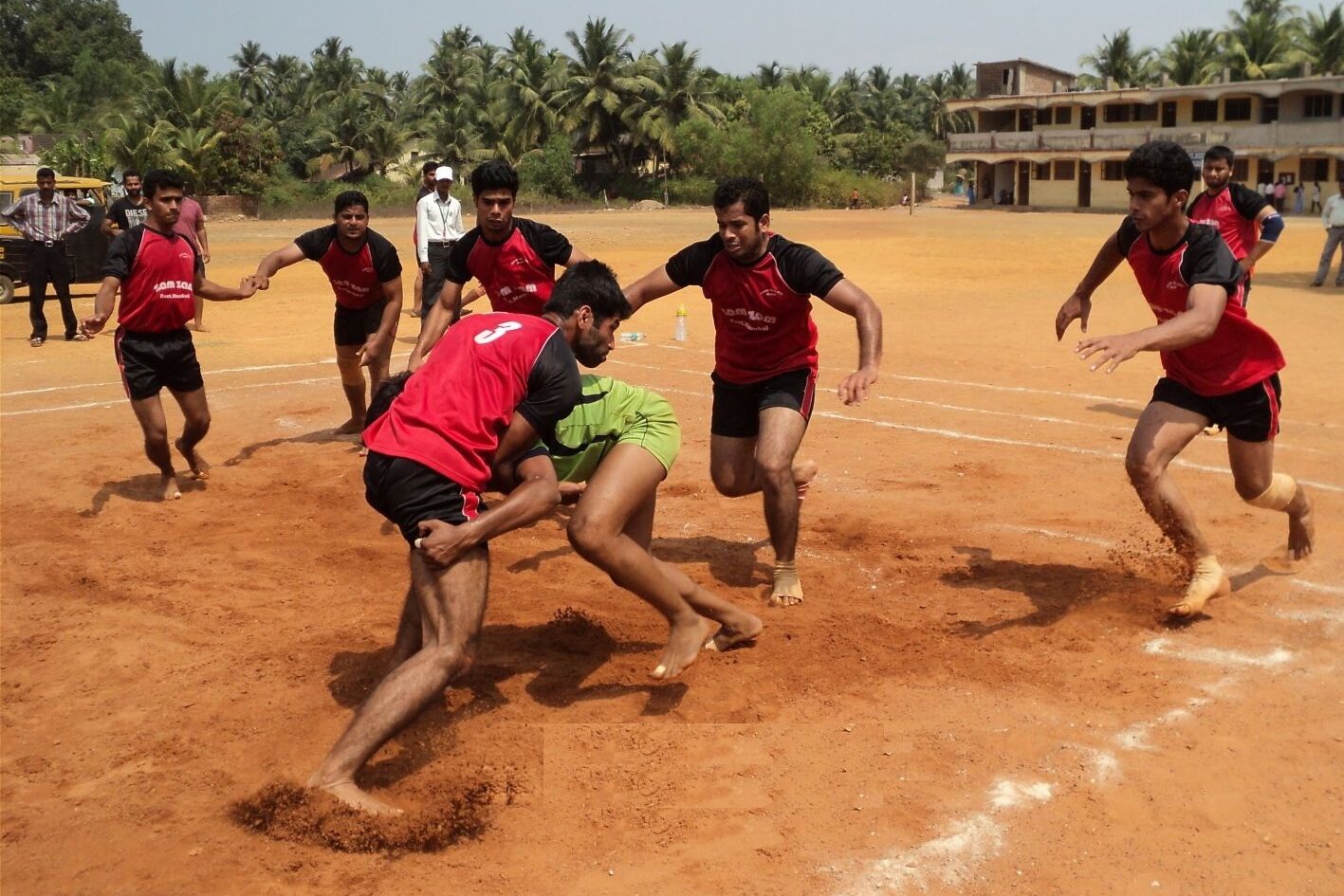
Kabaddi is a popular team sport in India that mixes elements of wrestling and tag. Played on a field divided into two halves, the game involves two teams where one team sends a player to the opposing side to tag as many players as possible. The challenge? The player must chant “kabaddi, kabaddi” continuously while trying to avoid being tackled. If they stop chanting or are tagged, they’re out. It’s a fast-paced game that tests both endurance and strategy, making it a thrilling sport to watch and play.
The best part of Kabaddi is that it can be played anywhere—no fancy equipment is needed, just a group of friends and a patch of land. It’s a sport deeply rooted in tradition and has been played for thousands of years in India. Kabaddi is often seen during festivals and is a huge part of the cultural fabric in rural areas. With its blend of strength, speed, and teamwork, it’s one of those childhood games that might have been left out of American playgrounds but offers a unique thrill.
2. Peteca (Brazil)
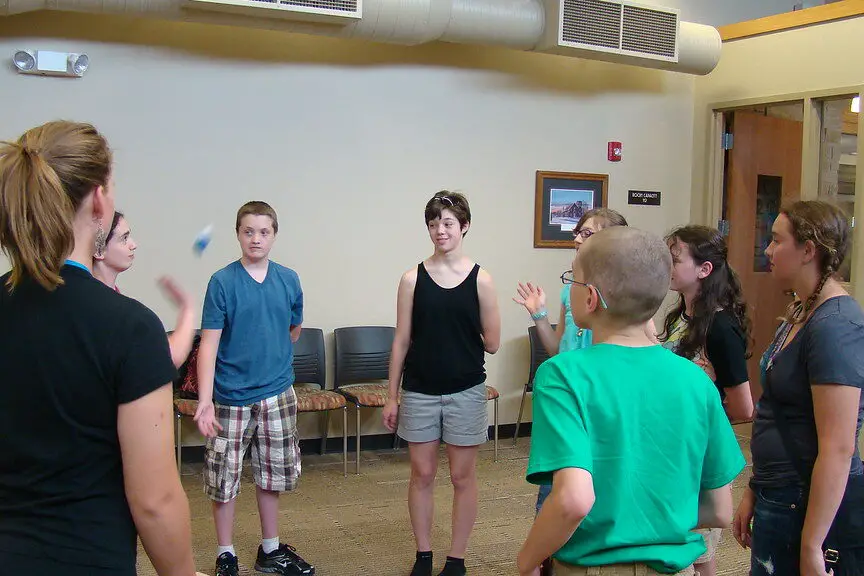
Peteca is Brazil’s version of a combination of badminton and volleyball, played with a hand-crafted shuttlecock. Instead of rackets, players use their hands to keep the shuttlecock in the air, rallying it back and forth across a small court. The game can be played by two or more people, and the goal is to keep the shuttlecock from touching the ground while trying to outmaneuver opponents. It’s quick, requiring impressive reflexes and coordination.
Peteca has been around for centuries, with roots dating back to Indigenous Brazilian tribes. The game was popularized as a competitive sport in the mid-20th century and remains a favorite among children and adults alike. What sets it apart from American playground games is its minimal need for equipment—just a small space and a handmade shuttlecock. It’s a game that fosters agility and teamwork while being incredibly fun to play.
3. Kubb (Sweden)
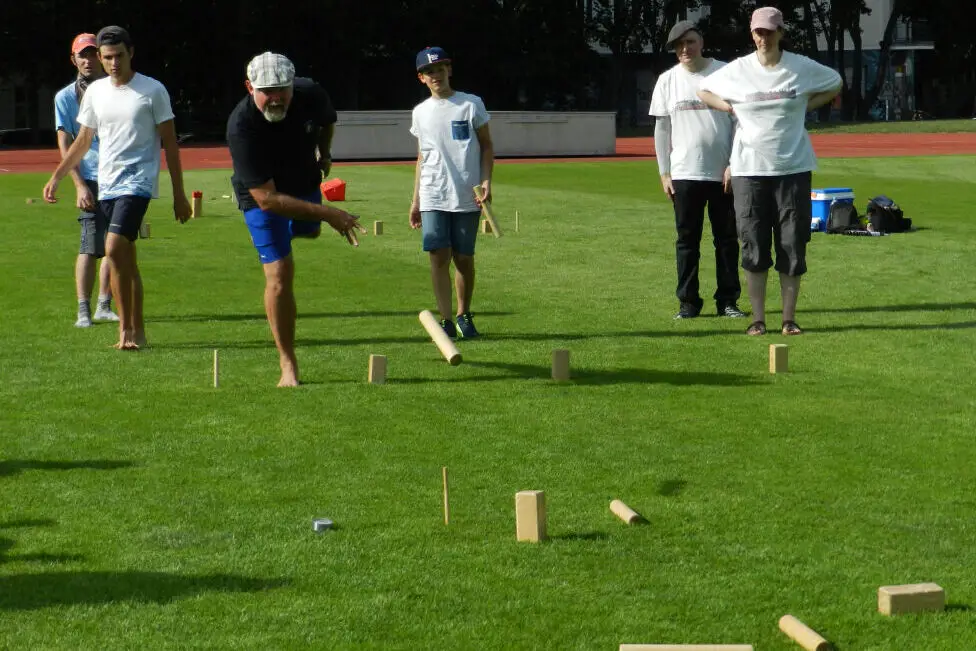
Kubb, often referred to as “Viking chess,” is a Swedish lawn game that involves throwing wooden sticks to knock over blocks called kubbs, arranged in a field. The ultimate goal is to knock down the “king” in the center of the field after the kubbs have been cleared. It’s a strategic game, often played on summer days with a group of friends or family. Teams take turns tossing their sticks to knock over the kubbs, with the tension rising as players get closer to knocking over the king.
Kubb requires a combination of precision, teamwork, and good aim, making it a perfect game for all ages. Unlike American lawn games like cornhole or horseshoes, Kubb involves more tactical thinking. The game is not only about strength but also timing and teamwork. Played in Sweden since the early 20th century, Kubb has made its way into international competitions, offering a unique game experience that is rarely found on American lawns.
4. Luta de Galo (Portugal)

Luta de Galo is an old Portuguese game that looks deceptively simple but requires balance and quick reflexes. Players form two teams and stand in a circle, each player balancing on one leg. The goal is to knock your opponent off balance or make them touch the ground without losing your own balance. The game is all about using your body weight to make your opponent lose their footing while maintaining your own stance.
This game requires no equipment, making it a fantastic playground game in rural Portugal. The physicality involved in Luta de Galo makes it a high-energy game that tests both strength and balance. Although it has faded from the mainstream in many areas, it is still played at local festivals and gatherings. If it had made its way into American schoolyards, it would have surely been a favorite among kids who love testing their coordination and balance.
5. Snakes and Ladders (Multiple Countries)
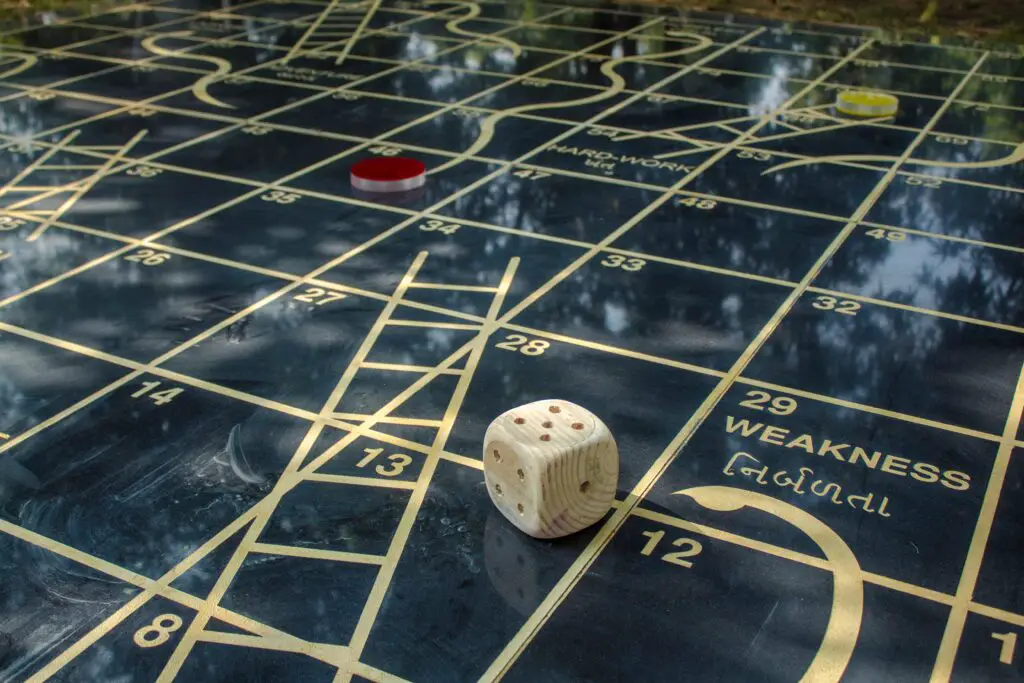
While Snakes and Ladders may be familiar to some Americans as a board game, it’s a completely different experience when played as a giant outdoor game in countries like India and the UK. In these versions, the board is drawn out on the ground, and children physically move along the squares based on dice rolls, climbing ladders or avoiding snakes. It adds an element of physical activity and excitement that the traditional board game can’t quite capture.
The game is often played at festivals or school events, where the large-scale version allows kids to run and jump, making it a more dynamic experience. It’s a simple concept but endlessly entertaining as the competitive spirit drives kids to scramble up the ladders and avoid the snakes. This childhood game of luck and strategy is a thrilling version of the classic board game, encouraging movement and interaction in a way American kids have missed out on.
6. Rounders (UK)
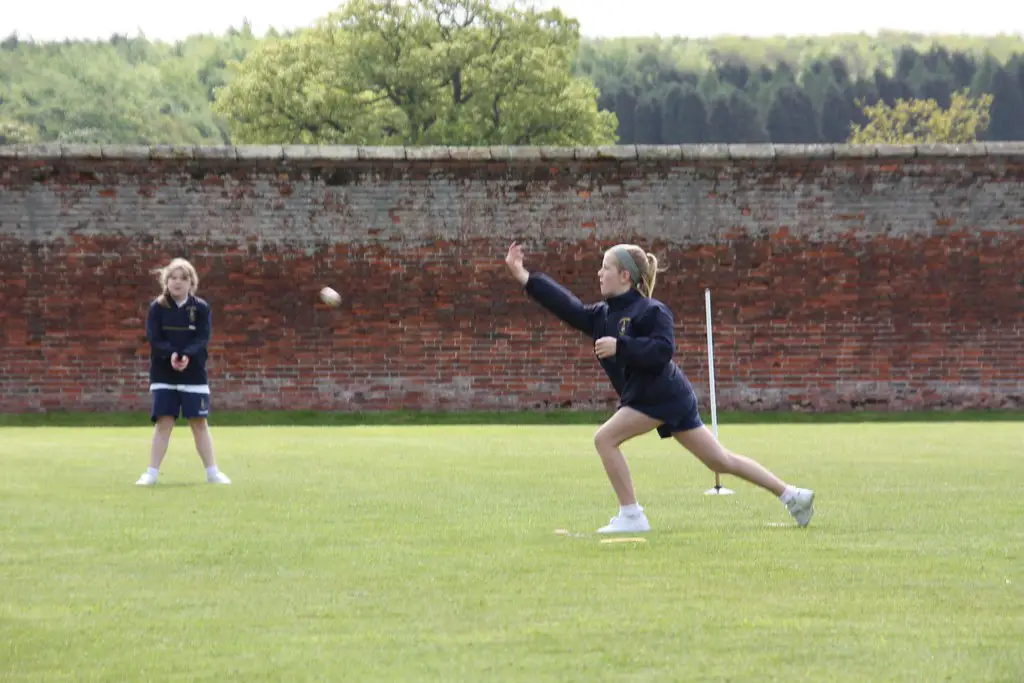
Rounders is a bat-and-ball game that’s extremely similar to baseball but with its own set of rules and an even more relaxed atmosphere. Played in many parts of the UK, it involves two teams, with one team hitting and running around a set of four posts, while the other team tries to catch them out. The batter uses a wooden stick to hit a small ball and then runs the bases, much like in baseball. However, the game has less emphasis on strict rules, allowing for more casual and fun play.
The simplicity of Rounders, combined with the outdoor play, makes it an ideal childhood game for Brits. It’s a social game that’s often played during school recess or in parks. The competitive nature keeps kids engaged, but it’s not as intense as a baseball game, allowing for a more inclusive and laid-back experience. If American kids were introduced to Rounders, it might just become a perfect weekend game for family gatherings.
7. Marbles (Global)
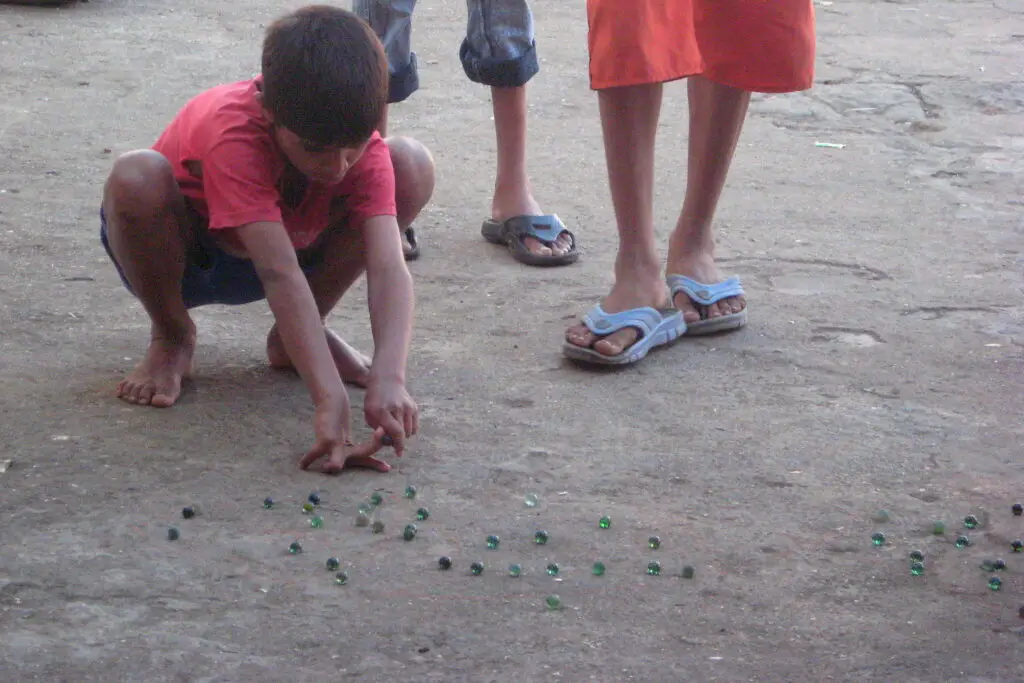
Marbles is one of the oldest childhood games, found in countless variations around the world. In its simplest form, players take turns flicking marbles into a small hole or trying to knock opponents’ marbles out of a circle. It’s a game of skill, precision, and sometimes, a bit of luck. Marbles has been a favorite in countries like the UK, China, and Greece for centuries, and the rules often vary by region.
The global nature of Marbles means there are endless ways to play, from the classic “ring taw” game in the UK to “Peewee” in the United States, where marbles are shot into a larger circle. Kids in other countries often play for keeps, meaning they win each other’s marbles after a successful shot, making it even more competitive. The tactile joy of flicking a marble and the intense focus it requires makes it a timeless game that could have easily become a staple of American childhoods if only more kids had experienced it.
8. Stoolball (UK)
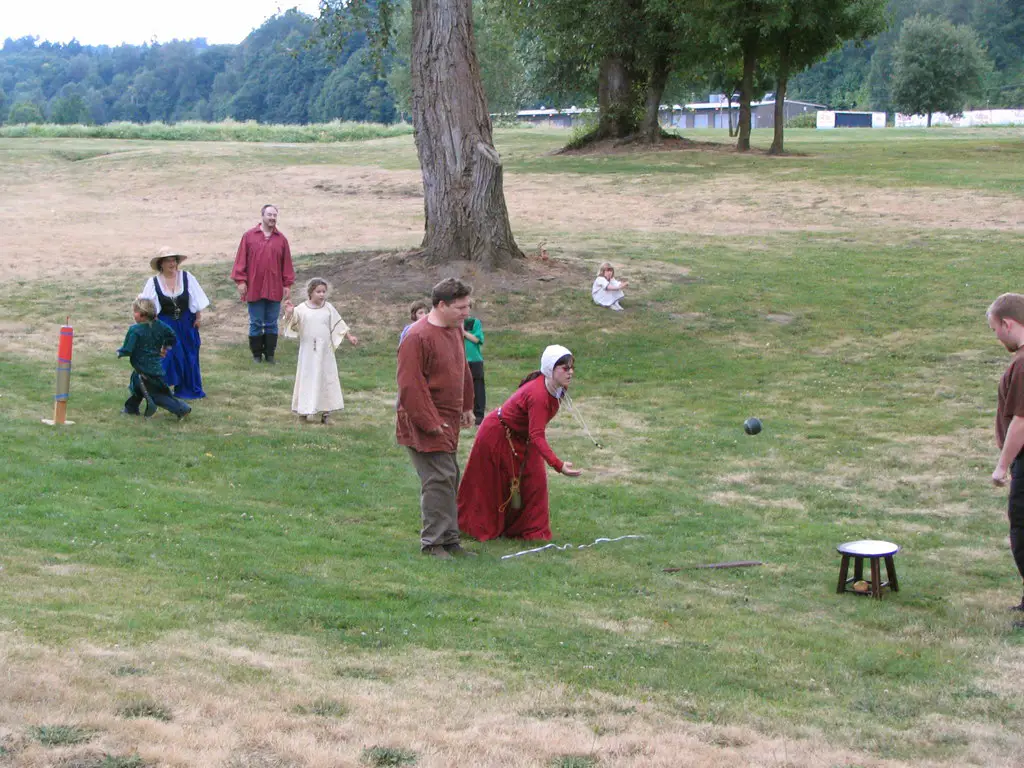
Stoolball is an old English game that’s a mix between cricket and baseball. Played with a ball and bat, teams try to hit a target, typically a stool or a similar object, placed in the center of a field. The object of the game is to knock the stool over by throwing the ball at it while the batter attempts to defend it with a bat. Teams take turns, and the game can get quite competitive as players run between “stools” trying to score points.
This game was popularized in the medieval era and played mainly by women in the early days. Over the years, it became more organized and spread through the UK, eventually leading to modern-day cricket. Stoolball requires teamwork, strategy, and good hand-eye coordination, making it an excellent choice for children. Although it’s not widely known in America, its combination of running and batting would likely have been a hit on American playgrounds had it become more popular.
